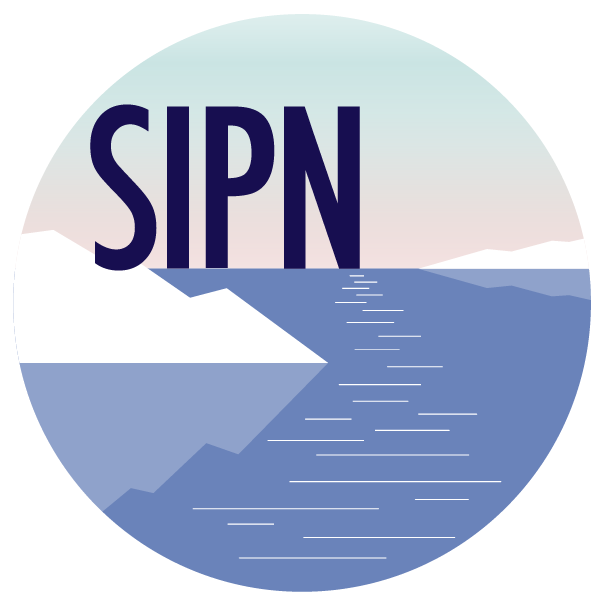Uncertainty in Satellite-Derived Sea Ice Extent Estimates
This webinar focused on uncertainty in sea ice extent estimates from remotely-sensed data. Arctic sea ice extent estimates from remote sensing data (e.g., passive microwave sensors like Advanced Microwave Scanning Radiometer-Earth Observing System [AMSR-E] and others) are widely used to project sea ice trends, initialize models, and evaluate model forecasts. As with all kinds of remote observations, this method of estimating sea ice extent has strengths and weaknesses that result in unique kinds of uncertainty. To date, however, little effort has been made to provide an uncertainty range of extent estimates from satellite data. Meier discussed our current understanding of these issues and proposed various methods of estimating extent uncertainty, with the aim of improving analyses of sea ice extent trends and variability. A question and answer session with participants followed the presentation.
Webinar Presenter:
Walt Meier
NASA Goddard Space Flight Center
Bio:
Walt Meier, a member of the SIPN leadership team, is a research scientist at the NASA Goddard Space Flight Center Cryospheric Sciences Laboratory. His research focuses on remote sensing of sea ice, development of new sea ice products and sea ice climate data records, and analyzing changes in the Arctic sea ice cover. He has been the principal investigator on a project to create a sea ice climate data record.

